Introduction to Oil Pipeline Pigs
Oil pipeline pigs are essential tools in the oil and gas industry, designed to optimize the cleanliness and efficiency of pipelines. These mechanical devices are sent through pipelines, driven by the product flow, to clear out accumulations of deposits, debris, and other impurities. The primary goal of using pipeline pigs is to enhance the flow efficiency and ensure the safe operation of pipelines, which in turn helps in maintaining the structural integrity and prolongs the lifespan of these vital infrastructures.
Why Do Oil Pipeline Pigs Important?
Boosting Operational Efficiency:
Pipeline pigs play a pivotal role in removing obstructions and contaminants that impede the flow of oil or gas. This not only reduces the energy required to pump the product but also lowers overall operational costs.
Ensuring Safety and Compliance:
Regular use of pipeline pigs helps in early detection and prevention of corrosion and potential leaks. This proactive maintenance is vital for avoiding hazardous situations, thus ensuring compliance with safety standards and protecting workers as well as the environment.
Cost-Effectiveness:
By engaging in routine pigging, companies can avoid expensive repairs and pipeline replacements. This preventive maintenance strategy not only extends the pipeline’s operational life but also minimizes system downtime.
Adaptability:
Pipeline pigs are versatile and can be used across various types of pipeline materials and configurations, accommodating different needs within the industry.
Polyurethane Material Specification
| Polyurethane material specification: | ||
| NO. | Factory inspection main indicators | Cup/DISC |
| 1 | 20℃Hardness(SHORE A) | 85±2 |
| 2 | Tensile strength (MPa) | 51.7 |
| 3 | 100%stress at definite elongation (MPa) | 4.8 |
| 4 | 300%stress at definite elongation (MPa) | 9.2 |
| 5 | Tensile set (%) | 780 |
| 6 | Tear strength (KN/m) | 73 |
| 7 | Impact resilience (%) | 32 |
| 8 | DIN abrasion (mm²) | 35 |
Parameters of Oil Pipeline Pigs
| Name | Oil Pipe Pig |
| Material | 1. steel framework main body. |
| 2. The disc material are available for Polyurethane, Viton, Neoprene, Nitrile butadiene etc. | |
| 3. The cup material are available for Polyurethane, Viton, Neoprene, Nitrile butadiene etc. | |
| 4. Steel brush or nylon brush. | |
| Features | 1. Firstly, good wearing resistance. |
| 2. Secondly, strong passing ability. | |
| 3. Nice cleaning performance. | |
| 4. Then accurate location and tracking. | |
| 5. At last, a low rate of false positives. | |
| Packing way | packed pipe cleaning pigs with inner plastic film and outer plywood wooden case. |
| Payment | TT/LC |
| Advantages | 1. Firstly, good sealing performance. |
| 2. Secondly, high wear resistance. |
How Pipeline Pigs Work?
Pipeline pigs are specialized tools that the oil and gas industry uses to perform a variety of maintenance tasks inside pipelines, primarily for cleaning and inspection. These devices travel through the pipeline, propelled by the pressure of the fluid flowing through it. Here’s a breakdown of how pipeline pigs function and their role in maintaining pipeline integrity:
Propulsion Mechanism:
Pipeline pigs are pushed through the pipeline by the pressure differential created by the product flow itself—whether it’s oil, gas, or another substance. This propulsion allows the pig to traverse the pipeline system from one pigging station to another without the need for an external power source.
Cleaning Function:
As the pig travels through the pipeline, it performs cleaning operations. This is achieved through various means depending on the type of pig used. Some pigs are equipped with brushes or blades that physically scrub the walls of the pipeline to remove built-up debris, scale, and other deposits. Others may use jets of water or other fluids to wash away residues, ensuring that the pipeline is free from obstructions that can reduce flow efficiency or cause damage.
Inspection Capability:
In addition to cleaning, some more advanced types of pigs, known as ‘smart pigs,’ are equipped with sensors and other diagnostic tools to inspect the pipeline. These pigs can collect data on the condition of the pipeline, such as wall thickness, corrosion levels, cracks, and other structural anomalies. This information is crucial for predictive maintenance and ensuring the pipeline’s long-term operational integrity.
Safety Enhancements:
By regularly removing debris and inspecting for potential issues, pipeline pigs help prevent blockages and detect early signs of wear or damage that could lead to leaks or ruptures. This routine maintenance is essential for the safe operation of pipelines, particularly those that transport hazardous or flammable materials.


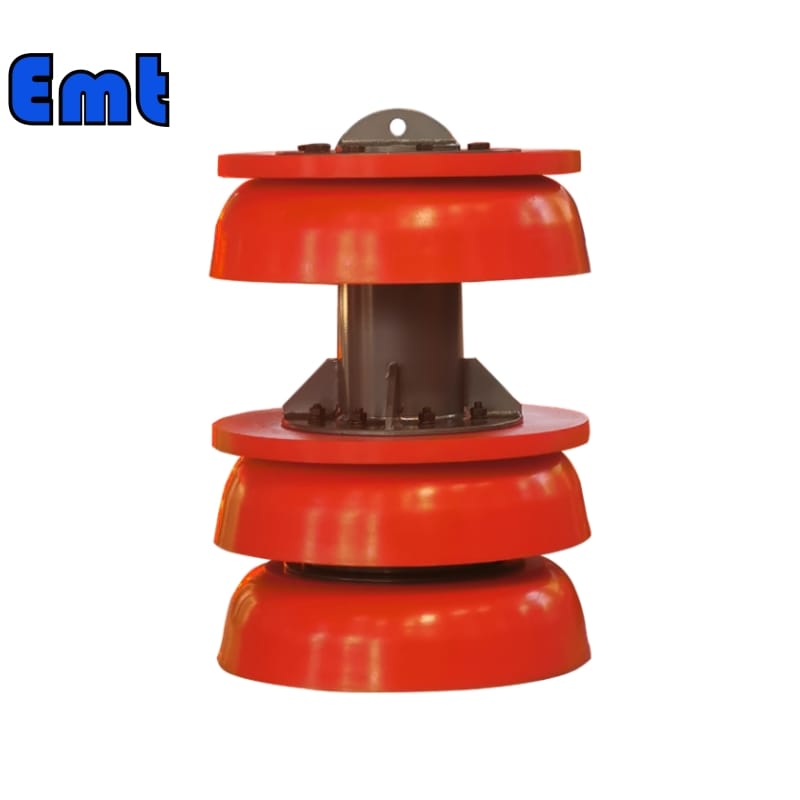
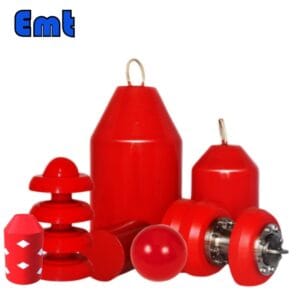
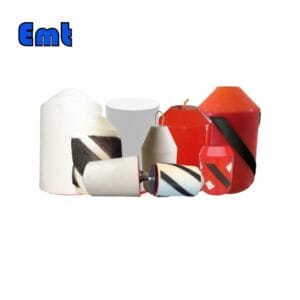
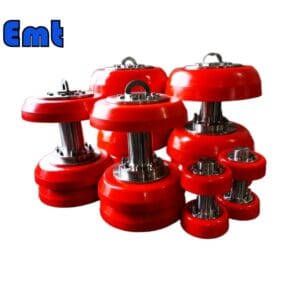

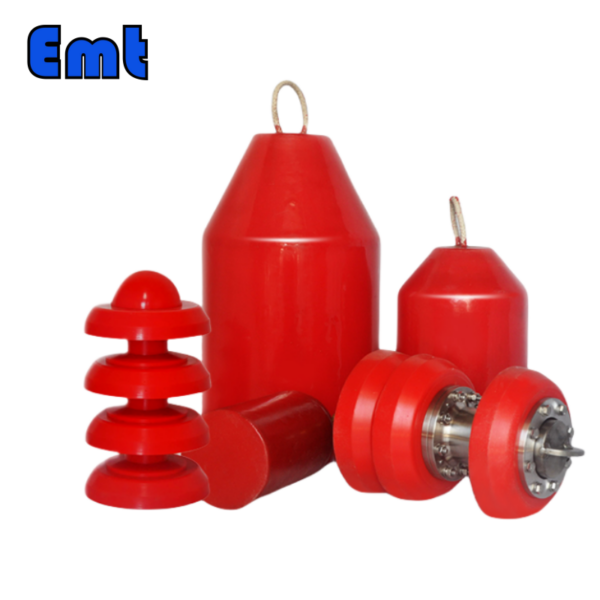
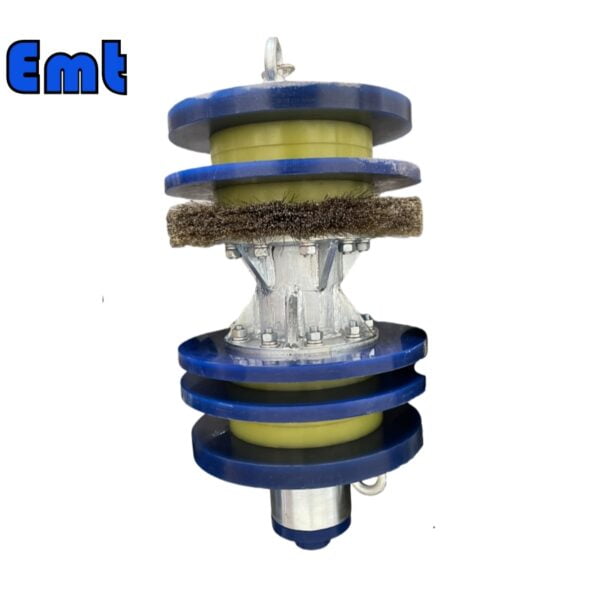
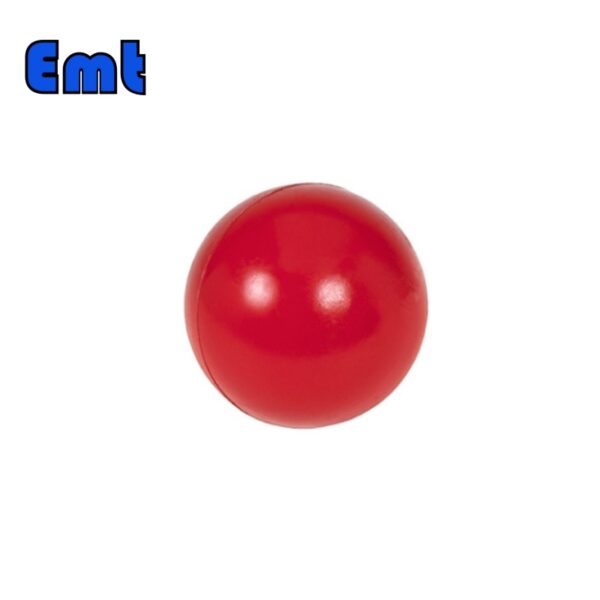
There are no reviews yet.